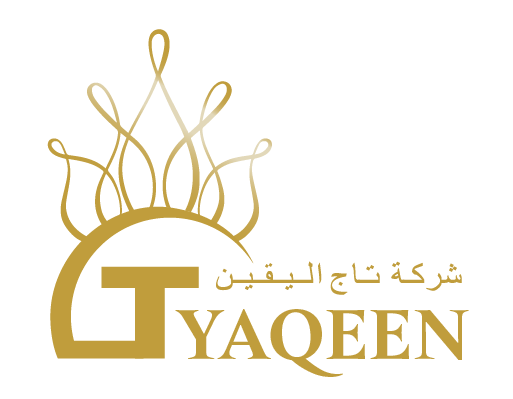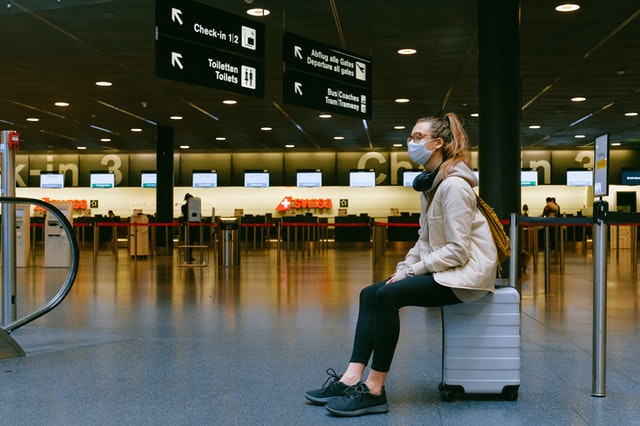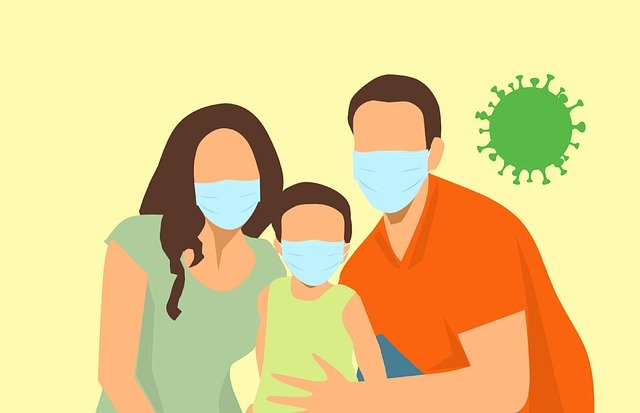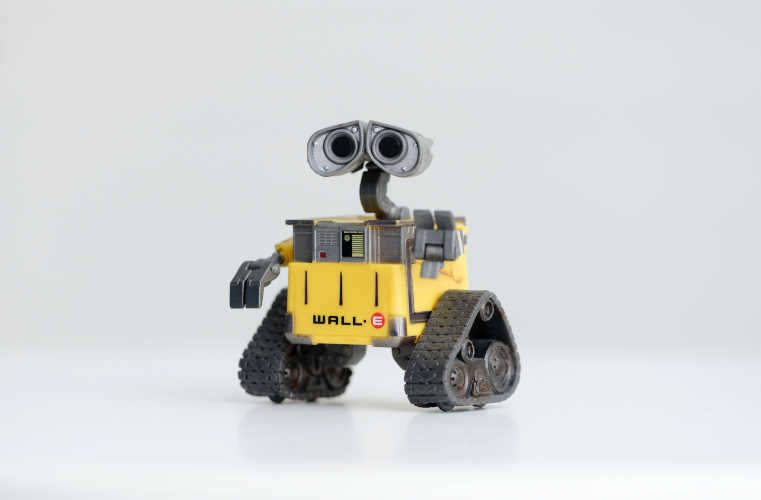Equipments protecting people against covid-19

Covid-19 pandemic and medical equipment shortage in developing countries
April 15, 2020
Preventative Covid-19 Test Program is about to start in Iraq
June 11, 2020WHAT is ppe and what DEFINES AN EFFECTIVE MASK?
Almost every time we talk about the COVID-19 pandemic, Personal protective equipment (PPE) is a term that has come up.
Protection against exposure to COVID-19 includes both standard and transmission-based precautions. The PPE used to prevent exposure includes gloves, a gown, a respirator with a rating of N95 or higher, and a full face shield or goggles. When respirators are not available, face masks are an acceptable alternative.
If used correctly, PPE should stop people from inhaling aerosol particles or having the virus come into contact with mucous membranes, such as the mouth or nose. Other hygiene measures are important when using PPE; for example, if someone wears a mask without washing their hands before putting it on, they could be at increased risk after taking the mask off.
During a pandemic, one of the challenges with PPE is that it can end up in short supply, and this has led to counterfeit or substandard products being sold.
Masks that stop the wearer from breathing in aerosol particles are called respirators – the ones being used in the pandemic are called N95 masks, which provide a very close facial fit, and can block very small particles. There is uncertainty over how much of the equipment, including masks and gloves, being sold as ‘PPE’ actually provide protection against COVID-19, especially homemade masks. Even surgical or medical masks usually worn in hospitals don’t filter out very fine particles, such as viruses.
For medical staff who need to come into close contact with potentially infected patients, PPE is essential. But even though it is still not entirely clear how far the COVID-19 virus can travel in respiratory particles, health agencies such as the US Centers for Disease Control and Prevention (CDC) have also advised the general public to wear cloth masks in public. The theory is that even if they are less effective than N95 masks they may be better than nothing, particularly in places where physical distancing can be difficult to ensure. In many low- and middle-income countries, cloth masks are being manufactured as fast as possible. This is especially important for many of these countries as other methods of mitigating the spread of the virus, such as regular handwashing, are less feasible since fewer people have access to clean water and sanitation.
The shortage of PPE is expected to become even more acute, not just because of genuine demand but because of panic buying and hoarding. The public have been asked not to use N95 respirators, for example, as these are needed for health workers. Demand has risen so high that supply is unlikely to ever meet it – in the UK, for example, even a billion items of PPE won’t be enough to protect both medical staff and the general public.
PPE plays an important role in bringing an infectious disease under control. However, broader approaches of elimination and control (which include but are not limited to PPE) rank much higher, which is why governments ordered lockdowns for several weeks when the risk of transmission was high, rather than just giving everyone masks.
In addition, PPE isn’t a substitute for effective environmental or ‘engineering’ controls such as physical distancing or ensuring well-ventilated hospital rooms.
Investing in other methods to control the pandemic, including the use of clear infection prevention and control (IPC) measures and adequate staff-to-patient ratios, could also relieve the pressure on the demand for PPE.
For low- and middle-income countries, where the shortage of PPE is acute, relying on supplies from manufacturers in other countries may not be sustainable in the long term during this pandemic. Tapping into technology collaborations with innovators, academics and the private sector could boost the ability of low- and middle-income countries to be able to produce their own masks and ventilators, which will be important in a pandemic that may be around for a while to come.
When PPE is properly worn, removed, and discarded, it is effective in protecting both the person who wears it and those with whom that person comes into contact.




